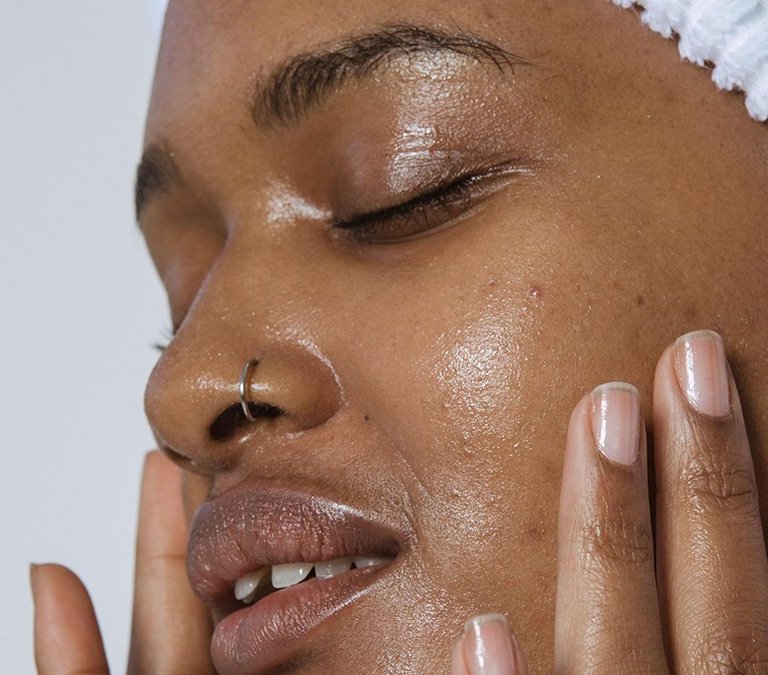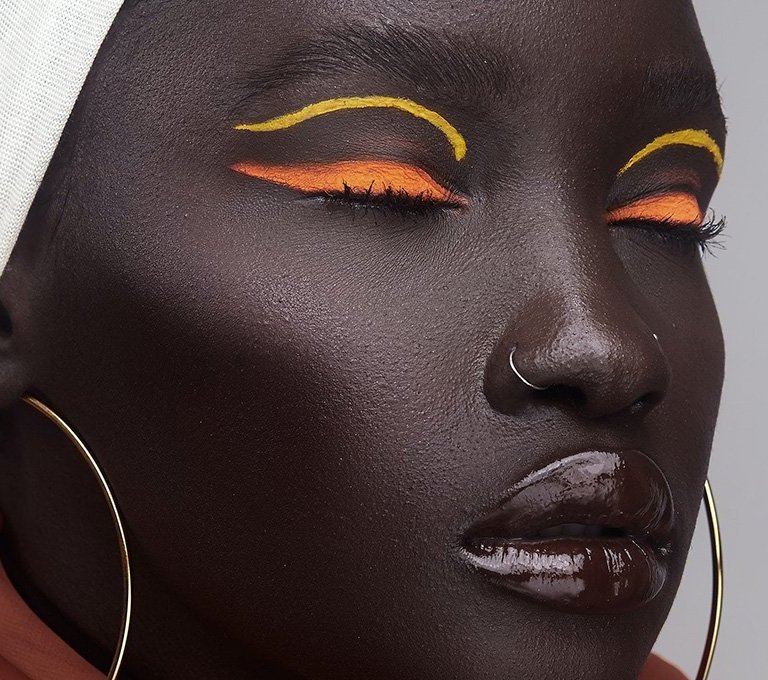
If you’re like most people, you’ve probably had blackheads at some point in your life. They can be frustrating and difficult to remove. But what are blackheads really? How are they formed? And is there any way to get rid of them? Our resident skin expert walks through everything you need to know about blackheads and how to treat them according to your skin type.
[SEE ALSO: The Science Behind the Skin Cycling Trend]
What are blackheads?
The skin has many pores that are essentially openings that allow the exit of sweat and sebum. These pores are very important to maintain healthy skin. Unfortunately, when there is a buildup of oil and dead skin cells inside the pores, they become clogged. When exposed to air, these clogged pores oxidize and turn black. The result is what we call “blackheads”.
When it comes to getting rid of blackheads, a lot of people try to extract them. However, after an extraction, the empty hole will just fill up if the initial cause for the clog is not addressed.
Targeting the causes of blackheads
The main causes of clogged pores are excess oil production and the accumulation of dead skin cells. Let’s take a look at the active ingredients that can help keep pores clean and prevent blackheads from coming back.
Excess oil production
There are two ingredients that are great for controlling excess oil production and they are salicylic acid and niacinamide. Salicylic acid can penetrate deeper into the pores and work by helping to remove excess sebum from the skin. Its efficacy has been studied and confirmed in at least four clinical trials using 0.5% and 2% solutions of salicylic acid. Niacinamide belongs to the vitamin B3 family and works directly over sebocytes (skin cells that produce sebum and oil) to regulate them.
The buildup of dead skin cells
As a first step to avoid clogged pores and blackheads caused by dead skin cells, we recommend cleansing your face twice a day with a gentle cleanser. Additionally, some great ingredients to help remove dead cells are chemical exfoliants and retinoids. Chemical exfoliants will work by breaking down the ‘glue’ that holds together cells at the surface of the skin, while retinoids will work deeper into the skin to promote cell turnover.
How to get rid of blackheads according to your skin type
Combination & oily skin
Because these skin types have a higher sebum production, oil-fighting ingredients, like salcilyc acid and niacinamide, will help remove and prevent blackheads.
Dry skin
When it comes to dry skin, it is best to avoid salicylic acid serums or toners in high concentrations (more than 2%) since they can dry out your skin. The best way to address blackheads is by using niacinamide to control oil production and chemical exfoliants (glycolic or lactic acid) or retinoids to increase cell turnover and prevent the buildup of dead skin cells.
Melanin-rich skin
Melanin-rich skin is prone to developing dark spots after inflammation. Thus, this skin type should avoid highly-concentrated ingredients that may cause sensitization or irritation in the skin. Salicylic acid, niacinamide, and retinoids are good options. However, for chemical exfoliants, try to stick with those that are best-suited for sensitive skin such as lactic acid, mandelic acid, or PHA’s (polyhydroxy acids).
[READ MORE: Best Skin Care Tips for Melanin-Rich Skin]
So, if you are struggling with blackheads, look for skincare ingredients that will target your skin type’s major concerns, like oiliness or dryness. But remember that consistency is key to achieving great results and most of these ingredients will take at least a month before you begin to notice visible changes in your skin.



